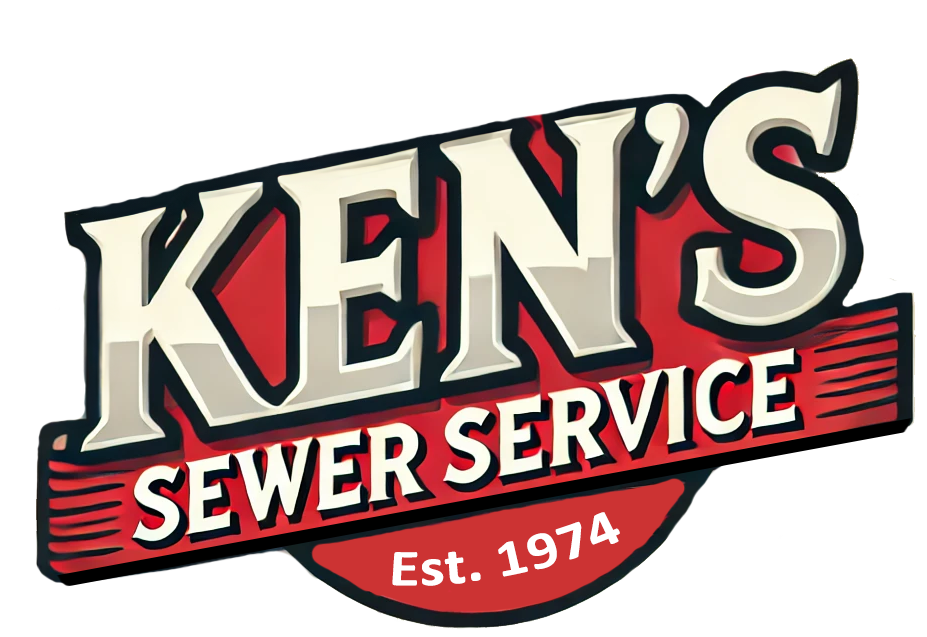Different Types of Main Sewer Line Material
Have you ever wondered what type of main sewer line you have at your home? Probably not. If your home’s plumbing and drain lines are all working well, it’s not a question most people seek the answer to. But, if you need to have your main line cleaned a couple times or more every year due to back-ups, it is a good idea to figure out if there is a larger issue going on. Knowing what type of material your sewer line is built out of could be determined by a camera inspection. A camera inspection can also identify if your pipe has any issues such as extreme scale and corrosion, heavy roots and debris, breaks, bellies, back-pitch, collapse.Most older homes in the Twin Cities area that were built prior to the 1950’s have a clay sewer pipe, a cast-iron pipe or a fiber conduit pipe called Orangeburg. Beginning in the 1950’s and until the 1970’s, clay and cast iron were still being used, and piping made from an asbestos-cement product called Transite was also an option. Before we knew the dangers of carcinogens like asbestos used for Transite and lead-poisoning, sewer lines were also constructed out of lead. New or newer homes constructed since the 1970’s tend to have plastic sewer pipes called PVC or ABS.Clay Sewer Pipe: Vitrified clay pipe is still a viable pipe used today and can last up to 50-60 years. Clay is highly resistant to chemical degradation, but it is porous, so it is more susceptible to invasive tree root growth.Cast Iron Pipe: One of the best things about cast iron is that it is immensely strong and can survive 75-100 years. One of the worst things is that they are prone to scale build-up, rust and corrosion.Orangeburg Pipe: Orangeburg pipe was used from the 1860’s until the early 1970’s and typically lasts or lasted only a few decades. They were constructed out of wood pulp/fibers bound with adhesive and lined with a liquefied coal tar pitch. If you still have an Orangeburg pipe, chances are it has deformed or deteriorated.Transite Pipe: Original Transite or AC (asbestos-cement) pipes had 15-20% of asbestos fibers added to a cement base to provide tensile strength, and it is relatively resistant to corrosion. If you have a Transite line, the technology today to repair/retrofit these lines has greatly improved.Lead Pipe: Prior to the serious findings that Lead piping adversely affects your health, this type of material was commonly used in homes built before the 1930’s and has a sustainability of around 100 years. If you have a Lead pipe, please consider replacement as a break or blockage can leach lead into the groundwater and/or into your basement.PVC Pipe: Polyvinyl Chloride (typically a white pipe) is most commonly found in new and newer homes. It is a cost-effective choice, is highly resistant to chemical degradation, has a smooth interior which is ideal for the carrying capacity of solid waste matter and the plastic material helps prevent root growth.ABS Pipe: Acrylonitrile Butadiene Styrene (always a black pipe) is also used in new and newer homes since the 1970’s. ABS is another cost-effective choice, it is a bit stronger than PVC and has the same smooth finish, it will not flake/peel, rot or dissolve. It’s an ideal choice for underground use with our colder climate.If you are curious about your main sewer line’s material, need to investigate a potential issue with your main line if you are having frequent back-ups or unusually wet areas in your yard, please reach out to Ken’s Sewer Service today.
www.KenSewer.comwww.Facebook.com/Kensewer

